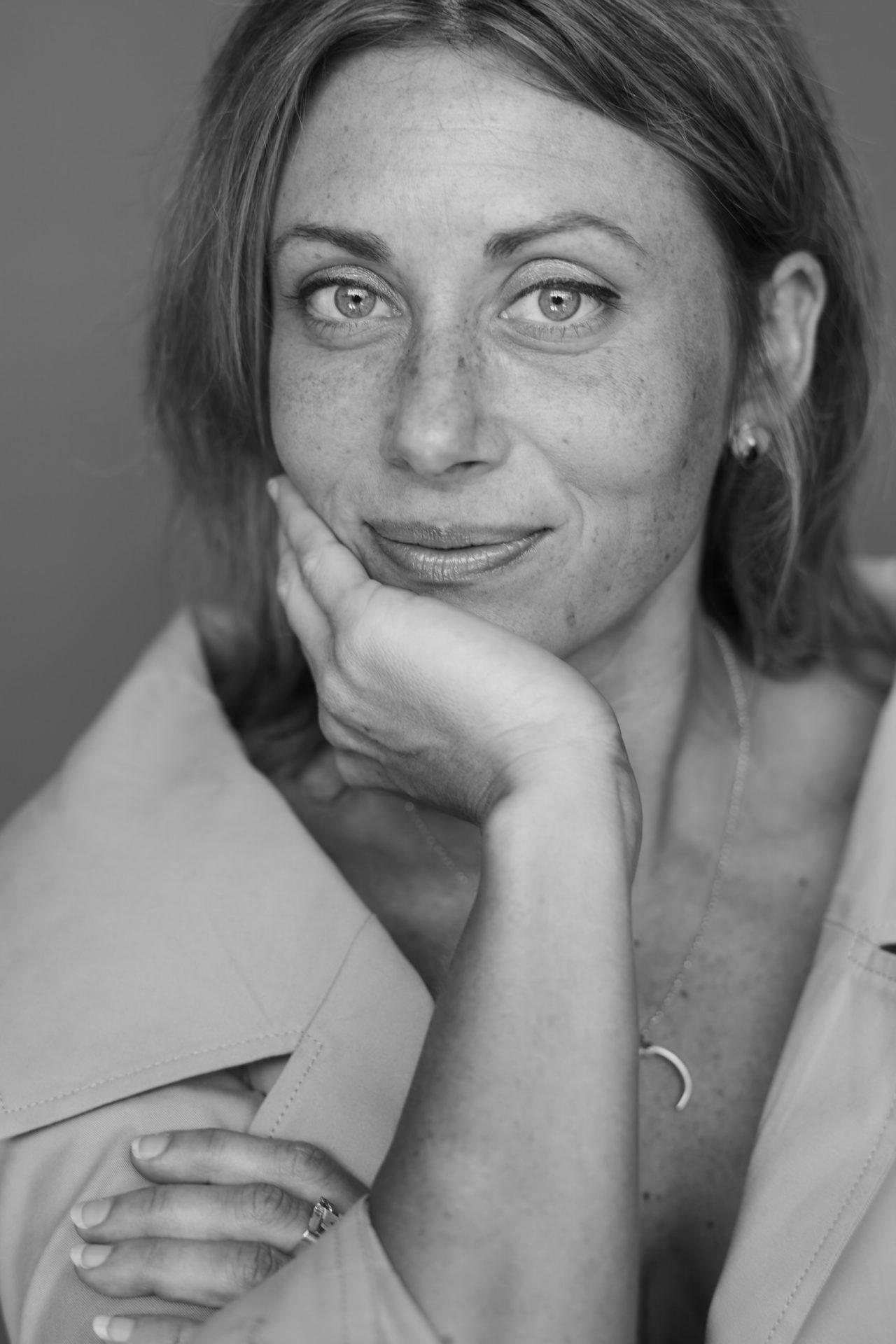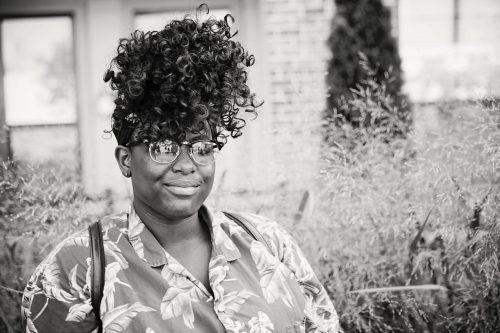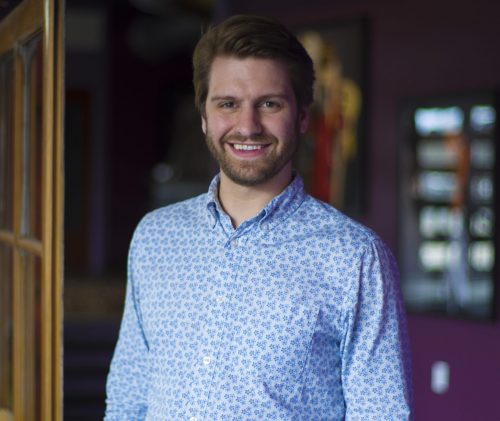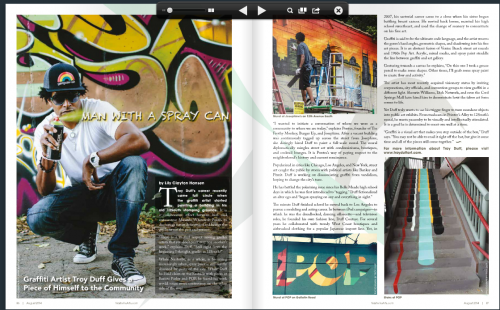
Lindsay Walker enjoys the organic process of building a business and designing jewelry that represents her feelings, viewpoints, and spirit. During her slow and steady growth process, during which she is always working towards a new goal, Walker has learned a great deal about entrepreneurship and her craft. The designer may not have a specific muse in mind when she designs but there is always someone in her head that will eventually wear her creations. She never makes objects to fill a market gap.
After I met Walker at a local arts fundraiser, through a mutual friend, something amazing happened—I started to think about the significance of jewelry in a whole new way. Not too long after, I asked her to have a coffee and bought a pair of silver studs to wear in my ears. Nearly every time I would leave the house someone would comment on the elegant triangular shapes and say, “Those are sophisticated!” Indeed, like my favorite t-shirts, boots, and books Walker’s jewelry is evergreen and goes with everything. My life is constantly in flux, so there is something reassuring about this.
Beyond her pure enthusiasm for jewelry and in-depth expertise about its history, Walker’s attractiveness comes from her worldly background, which explains her curiosity, open mind, and constant questioning. By staying true to her internal rhythm, which thrives on a speed of constancy as opposed to the chaos of the outside world, she has built up a loyal fan-base and roster of jewelry-making classes that caters to corporate types who want to get of their head and engaged couples who desire a handcrafted ring to celebrate. In a speedy, digital world, Walker helps others connect their mind and body, appreciate their motor skills, and remember the memories objects carry.
You grew up with two moms. How did this affect you?
My moms are strong, hardworking, and independent women who taught me how to use a toolbox. My biological mom is a librarian who has worked at the College of Charleston Library for many years. She always encouraged me to do research, which is why I love reading about the history of jewelry and stories surrounding it. My stepmom Cal owns a frame shop, which is the first place I ever sold my jewelry. The older I get, the more I realize how much they made me into the person that I am.
Were you always artistic?
Oh yes. I had a patron, an older Jewish man, who paid for my art lessons at the Gibbs Museum of Art from age nine to 16, which was such a gift. There, I became obsessed with photography because I could be alone in the darkroom. Jewelry is a great profession for me. I can be by myself and get things done and then also interact with my customers and clients.
You also have a great love for travel. Where does this come from?
I did a year abroad in Italy during high school, which opened my eyes to alternative forms of education. After graduation, I traveled around Latin America as a medical volunteer. Next, after a year of college, which wasn’t for me, I began making lighting for the Urban Electric Company. There was something about metal and copper smithing that spoke to me.
What was it about metal that you fell in love with?
Metal is very alive yet can be controlled. You can form it into whatever you want, which is thrilling. Unfortunately, I developed carpal tunnel symptoms after a few years of lighting design, which is when I pursued jewelry.
And then you moved to Denmark for six years.
At the time, I was a Christian, musician, and married. My life was completely different. (Laughs) My husband-at-the-time and I started singing hymns overseas for a Danish state church. We were only around Danish people and I got to know the culture by drinking coffee and having conversations. Then I applied for a jewelry design education program at The Institute for Precious Metals. There, my teachers would say, “Your aesthetic is so American!” which I guess meant messy and crazy in their eyes. The projects we were assigned prompted us to make jewelry from materials we disliked or to represent a certain day of the week. I asked questions, explored processes, and learned to talk about art overseas.
What was the number-one thing you got out of studying in Denmark?
The school was centered on independent study. You got out of it what you put into it, which has helped me as a small business owner.
How did you develop the hallmarks of Walker Jewelry?
After three years of asking, “What is jewelry?” I realized that I needed more business structure. I enrolled in a business class, wrote my first plan, and began fine-tuning my aesthetic. The look I came up with then is still what I make today: clean, minimal, and about using as little material as possible. I have always kept those principles and parameters. It is a source of pride for me to stay away from materials that could harm people or the environment.
When did you know you were a designer?
In my eyes, design is about the process and story behind something. I know I am a designer because I draw from my internal life and therefore, will not run out of ideas. I take my interests and make jewelry to pay homage to it.
After living in Denmark what was it like transitioning to life in Nashville?
My internship at Southern Lights Electric, which I applied for in order to graduate from design school, is how I became involved in the creative community. It was an incredible way to meet other artists. I also bartended and made a lot of friends that way. Nashville is a supportive place to live.
How did you grow your business?
Very slowly. My first commissions came from friends and family for which I am eternally appreciative. I still remember doing my first market in Los Angeles. It’s so cool to see people still wearing those designs!
Is jewelry design a hard business to break into?
Yes! I went into an old jewelry shop on King’s Street in Charleston once and the owner said to me, “Don’t start a jewelry company, there’s no money in it!” (Laughs) You have to really, really, really love it, which fortunately I do.
What do you like best about self-employment?
I like the risk factor, making my own money, and the lifestyle. If inspiration strikes late at night, I can work since I am in control of my own time.
What do you most appreciate about jewelry?
People are sentimental about jewelry because it carries a lot of emotion and therefore, means something. It many ways, jewelry makes us human.
Can you tell me a bit about the classes that you teach?
I love teaching people how jewelry is made because it’s kind of mysterious. The students might need a break from Broadway or want a wedding ring they made themselves. Going to a store and buying a wedding ring, especially if you’ve been married more than once, can be anticlimactic.
What is the best feedback you receive from your students?
The best compliment is when people thank me for offering them a space to open up. My hope is the classes are a form of meditation and connection.
What are you most satisfied with in regards to your business?
The most satisfying thing is to know I am supporting myself from my work.
What keeps you inspired?
A few year ago while I was going through a divorce, and had a few close friends and family members pass away, I did a project around memorial jewelry. Right now, I am working on a collection around ideas of intimacy. By paying attention and asking questions I stay inspired.



